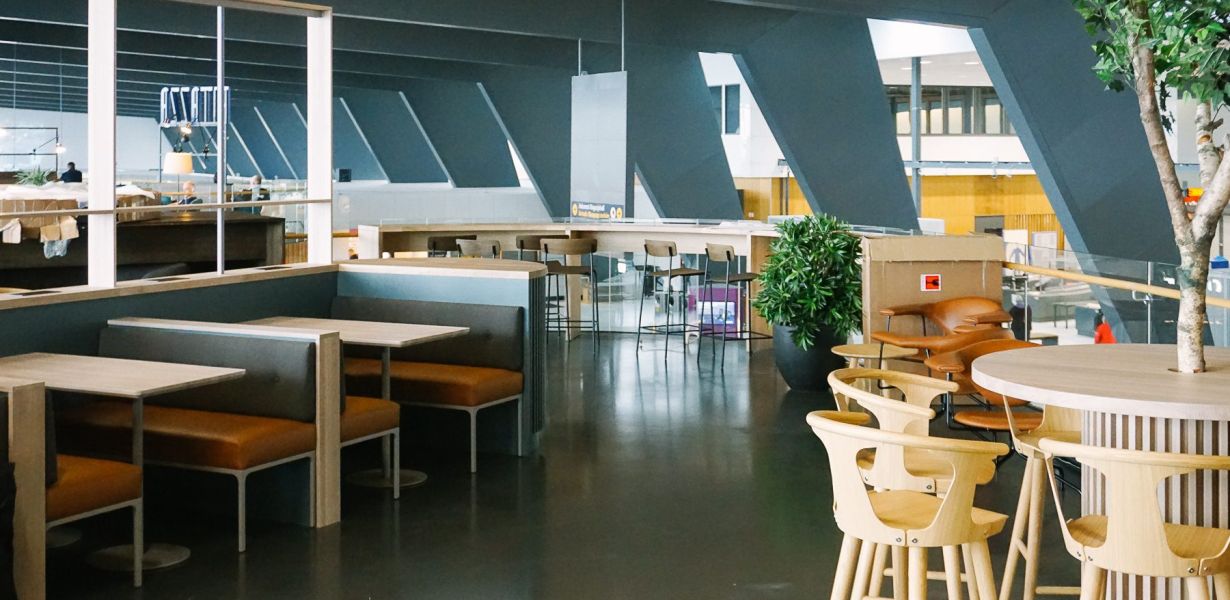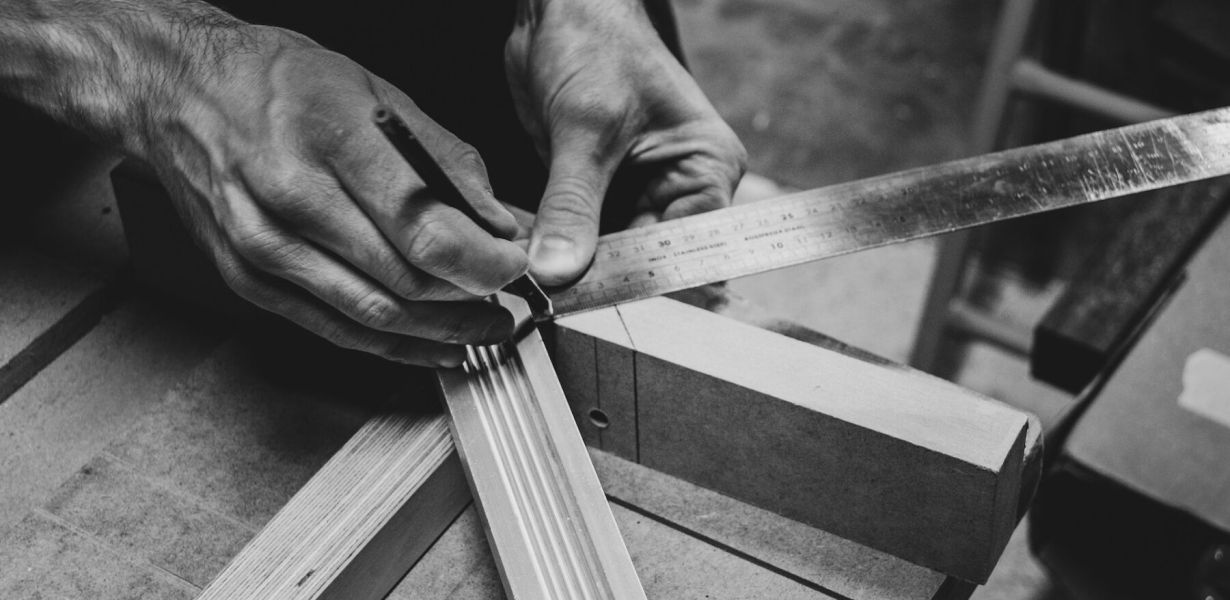
The Impact of Scandinavian Design on Global Interiors

Scandinavian design, with its simplicity, functionality, and connection to the natural world, has left an indelible mark on the global design landscape. Its influence can be seen in homes, offices, and public spaces worldwide, transcending cultural and geographical boundaries. This article delves into the roots of Scandinavian design, its key characteristics, and how it has shaped global interiors. We will also explore how Encore Interior Design Construction, a leading name in the field, incorporates these principles into their projects.
The Roots of Scandinavian Design
Scandinavian design originated in the Nordic countries of Denmark, Norway, Sweden, Finland, and Iceland in the early 20th century. The design philosophy was born out of a combination of cultural and environmental factors unique to this region. The harsh Nordic climate, with its long, dark winters and short summers, necessitated the creation of interiors that were warm, cozy, and filled with light.
Culturally, the Nordic countries have a deep-rooted belief in equality and accessibility for all. This ethos translated into a design philosophy that favored functionality, simplicity, and affordability. The aim was to create beautiful, functional spaces and objects that were accessible to everyone, not just the elite. This democratic design principle is a defining characteristic of Scandinavian design.
The movement gained international recognition in the 1950s, during the post-World War II period. The world was in recovery, and there was a need for affordable, functional, and beautiful designs for the masses. Scandinavian design, with its emphasis on simplicity, minimalism, and functionality, was perfectly suited to this era. It was during this time that iconic Scandinavian designers like Arne Jacobsen, Hans Wegner, and Alvar Aalto came to the fore, their designs embodying the principles of the movement.
Key Characteristics of Scandinavian Design
Scandinavian design is characterized by a few key principles that give it its unique aesthetic and functionality.
Simplicity and Functionality
At the heart of Scandinavian design is the principle that beautiful and functional everyday objects should not only be affordable to the wealthy but to all. This principle is reflected in the simple, clean lines and functional forms of Scandinavian design. Every object is designed with functionality in mind, resulting in designs that are as practical as they are beautiful.
Minimalism and Clean Lines
Scandinavian design is often associated with minimalism. The designs are free of unnecessary clutter, with every element serving a purpose. Clean lines and simple forms are favored over ornate detailing. This minimalistic approach results in spaces that are calm, harmonious, and easy to live in.
Natural Elements and Neutral Colors
Scandinavian design draws heavily from nature. Natural materials like wood, leather, and stone are commonly used in Scandinavian interiors, bringing a touch of the outdoors in. The color palette also takes inspiration from nature, with neutral and earthy tones like white, gray, brown, and black being predominant.
Emphasis on Light and Space
Given the long, dark winters of the Nordic countries, light is an important aspect of Scandinavian design. Interiors are designed to maximize natural light, with large windows, light colors, and reflective surfaces. Space is also an important consideration, with open-plan layouts and clever storage solutions being common features.
The Influence of Scandinavian Design on Global Interiors
The influence of Scandinavian design on global interiors is undeniable. Its principles of simplicity, functionality, and connection to nature have resonated with people worldwide, making it a popular choice for interior design.
The Rise of Minimalism
The minimalist aesthetic of Scandinavian design has had a significant impact on global interiors. The clean lines, simple forms, and uncluttered spaces that characterize Scandinavian design have become synonymous with modern interior design. This minimalist approach has been embraced by designers and homeowners worldwide, who appreciate the calm, uncluttered, and harmonious spaces it creates.
The Focus on Functionality
The emphasis on functionality in Scandinavian design has also had a profound influence on global interiors. The idea that every object within a space should serve a purpose has led to a shift in the way we think about and design our spaces. This focus on functionality has resulted in interiors that are not only beautiful but also practical and easy to live in.The Connection to Nature
The use of natural materials and the connection to nature inherent in Scandinavian design have also resonated with people worldwide. In an increasingly urbanized world, this connection to nature brings a sense of calm and wellbeing. The use of natural materials like wood, stone, and leather adds warmth and texture to interiors, making them feel more welcoming and comfortable.
The Emphasis on Light and Space
The Scandinavian focus on light and space has also influenced global interiors. The use of large windows, light colors, and reflective surfaces to maximize natural light has become a common feature in modern interior design. Similarly, the emphasis on space, with open-plan layouts and clever storage solutions, has influenced the way we design and use our spaces.
Scandinavian Design and Encore Interior Design Construction
Encore Interior Design Construction, with its commitment to quality, innovation, and customer satisfaction, has embraced the principles of Scandinavian design in its projects. The company’s designs reflect the simplicity, functionality, and connection to nature that characterize Scandinavian design.
Simplicity and Functionality
At Encore, the principle of simplicity and functionality is at the heart of every project. The company’s designs are characterized by clean lines and simple forms, with every element serving a purpose. This focus on functionality ensures that every space is not only beautiful but also practical and easy to live in.
Connection to Nature
Encore’s designs also reflect the Scandinavian connection to nature. The use of natural materials like wood and stone adds warmth and texture to the spaces, creating interiors that are not only visually appealing but also comfortable and welcoming.
Light and Space
The emphasis on light and space is another aspect of Scandinavian design that is evident in Encore’s projects. The company’s designs maximize natural light and space, creating interiors that are bright, airy, and spacious.
The Encore Approach to Scandinavian Design
Encore’s approach to Scandinavian design is not about blindly following trends, but about understanding the underlying principles and adapting them to the needs and tastes of their clients. This approach ensures that every project is unique and tailored to the client’s specific requirements.
1. Understanding the Client’s Needs
The first step in Encore’s design process is to understand the client’s needs. This involves a detailed discussion with the client to understand their lifestyle, preferences, and the functionality they require from their space. This understanding forms the basis of the design process, ensuring that the final design is not only aesthetically pleasing but also practical and suited to the client’s needs.
2. Creating a Design Concept
Based on the client’s needs, Encore’s team of skilled designers creates a design concept. This concept is a visual representation of the design, showing how the space will look and function once the project is completed. The design concept is presented to the client for approval, ensuring that the client is involved in every step of the design process.
3. Implementing the Design
Once the design concept is approved, the Encore team gets to work implementing the design. This involves sourcing materials, coordinating with contractors, and overseeing the construction process to ensure that the design is executed to perfection. Throughout this process, the Encore team maintains a close communication with the client, keeping them updated on the progress of the project and addressing any concerns they may have.
4. The Final Touches
The final stage of the design process is adding the finishing touches. This involves adding furniture, accessories, and artwork to the space, bringing the design to life. The Encore team works closely with the client during this stage, helping them select pieces that complement the design and reflect their personal style.
Conclusion
The influence of Scandinavian design on global interiors is undeniable, and Encore Interior Design Construction is at the forefront of this trend. Through their commitment to quality, innovation, and customer satisfaction, they have successfully incorporated the principles of Scandinavian design into their projects, creating spaces that are not only beautiful but also functional and comfortable. As the world continues to embrace the simplicity, functionality, and connection to nature inherent in Scandinavian design, Encore is poised to continue leading the way in this design revolution.
